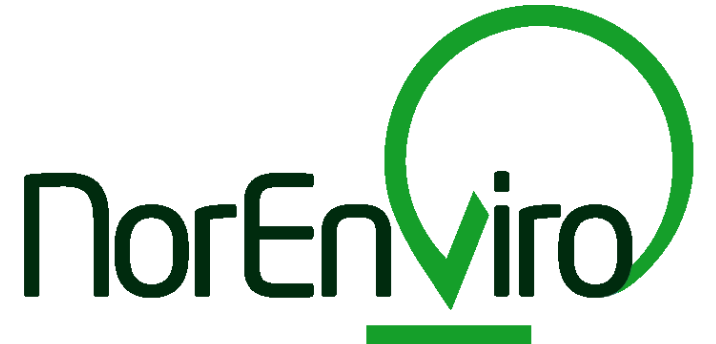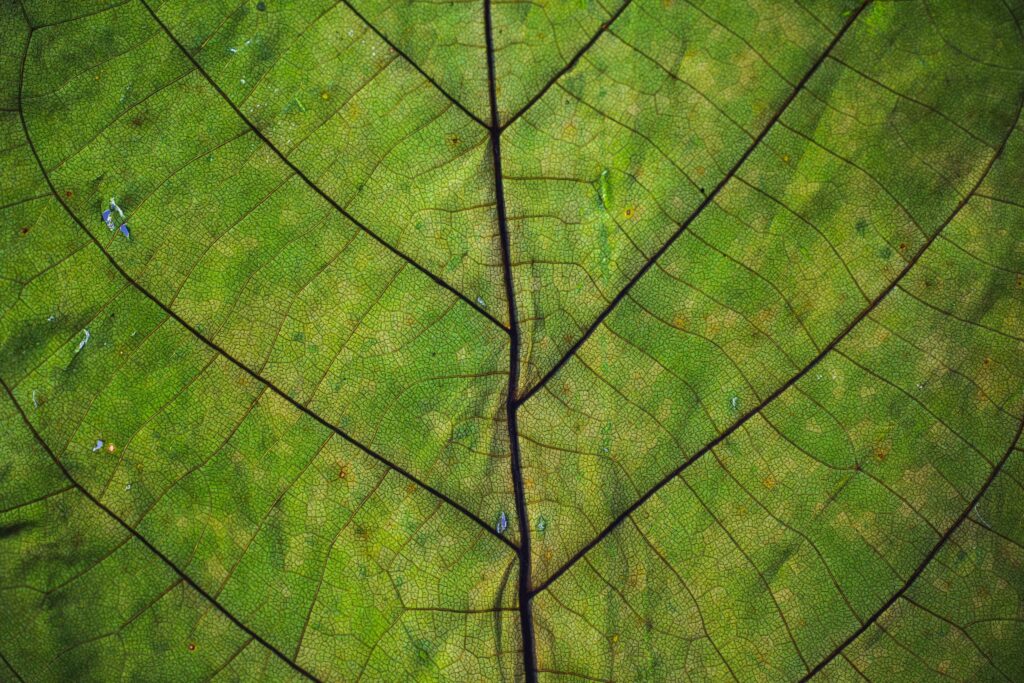Product name
Bark extract; without water, in 98% solution state; from Norway Spruce biorefinery, at plant
Reference flow unit
1 kg dry matter
System boundaries
The system includes all upstream processes (extraction, transport and refinement of raw materials and energy) and processes taking place at the biorefinery. Energy and resource use in offices is included. Work travels and commuting to work is not included. Emissions from combustion of waste for steam production are not allocated the user of the heat, rather the producer of the waste, according to the polluter pays principle.
Wastes and end-of-life
Treatment of waste is included. Recycling credits outside the biorefinery are not included.
Use advice of the dataset
The aim of the dataset is to document the environmental properties for a product under development. The product was developed in the BACS project (short for BioActive Compounds from Spruce), where the underlying idea was to develop sustainable value added products, processes and applications for compounds extracted from Norway spruce that are bioactive or will stimulate and improve the bioactivity of other compounds in formulations. Preliminary LCA results were used as input to the innovation process by identifying hotspots. The dataset was developed in the WP 8 work package of the BACS research project funded by the Research Council of Norway (consortium agreement no. 295501). Borregaard was the project owner. Ecoinvent 3 – allocation, cut-off by classification, version 3.8 was used as background database.
Contact info
ism@norsus.no
Technology description
Modelling of the foreground system of the biorefinery is based on specific data from Borregaard Sarpsborg, Norway. For the main biorefinery (processing of bark for use as input to the BACS biorefinery system), real data for the full-scale biorefinery have been used, hence the data represent the exact technology. For the BACS biorefinery system (processing bark to bark extract), calculated data based on theoretical information, estimates and knowledge from similar processes at the main biorefinery have been used. Data for the input chemicals and processes upstream the main biorefinery at Borregaard Sarpsborg have been found in generic databases.
Quality level
Very good.
Location
Norway
Geographical representativeness
Foreground data are specific for the product dataset (Borregaard biorefinery, Sarpsborg, Norway). As far as possible, background data representative for Norwegian conditions have been used.
Reference year
2021
Time representativeness
Specific data are from 2019 and 202. Annual data have been used for the main biorefiney, except for steam, where the input of electricity and natural gas was averaged over a 7-year period. For the BACS biorefinery system, hourly data have been used. Data for production of other raw materials, energy, transport and waste treatment options have been found in the ecoinvent database. Choosing the most correct technology has been prioritised over newer data.
Other comments on methods approaches
Economic allocation was found unsuitable because several of the allocations have included products that have no market value, and because over time, no product in the main biorefinery acts as the single driving force of the system.
Data treatment and extrapolations principles
All results and allocations have been based on dry matter (DM) in the internal flows and final products. Ethanol has been accounted for as DM in both internal flows and final products. For steam input and output, data from the main biorefinery have been used (assumed as ‘large’ compared with the BACS biorefinery system, hence not affected by the consumption in the BACS biorefinery system). Delivery of steam from the BACS biorefinery system back to the main biorefinery is included as avoided burdens.
References
Modahl, I. S. and E. Soldal (2021). The 2019 LCA of products from Borregaard, Sarpsborg. Report no OR.14.21. Link: https://norsus.no/en/publikasjon/the-2019-lca-of-products-from-borregaard-sarpsborg/. Fredrikstad, NORSUS.
Modahl, I.S., Brekke, A. and Valente, C. (2022): Sustainability of BACS products (BioActive Compounds from Spruce). Report no. OR.17.22 (confidential). Fredrikstad, Norway.









